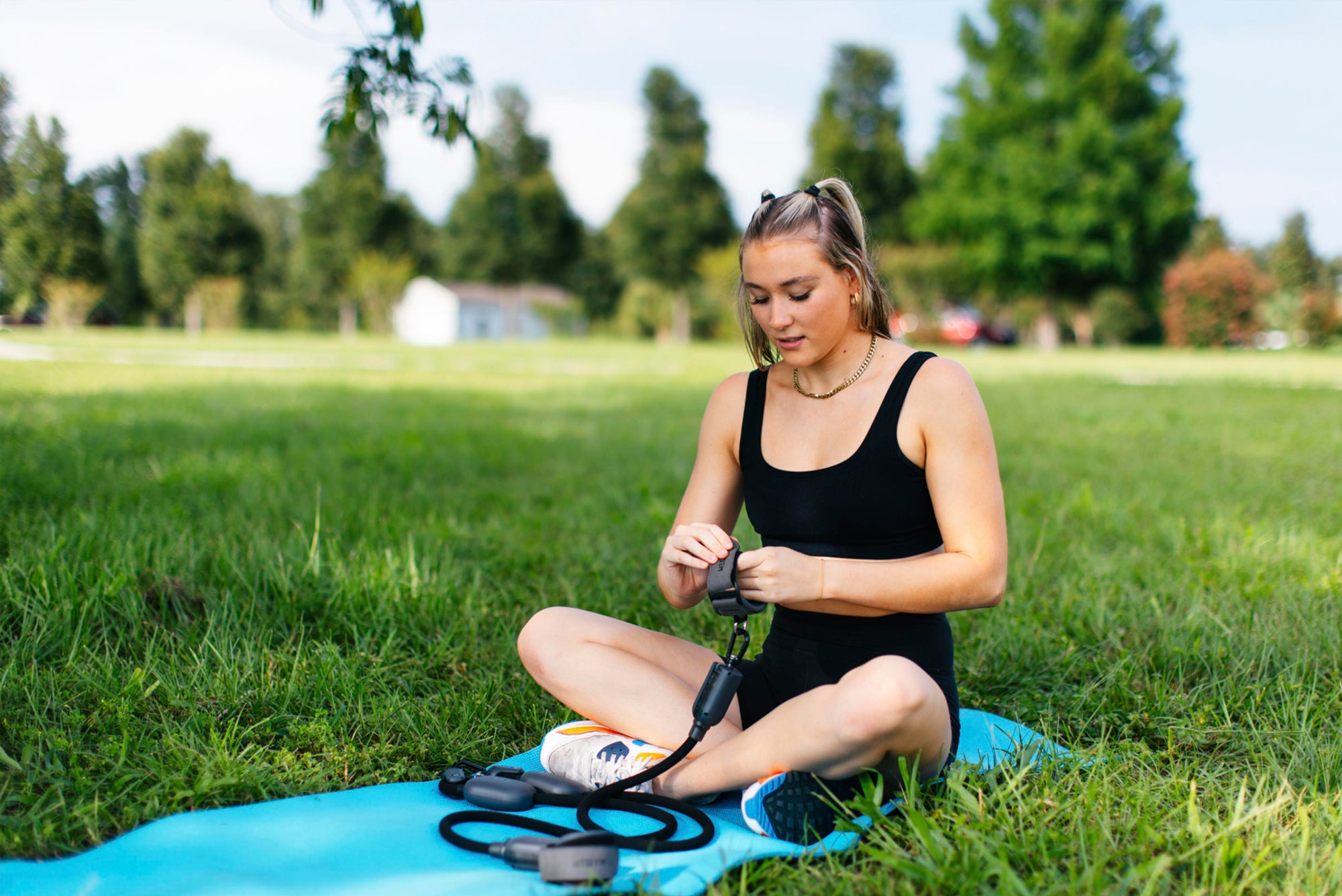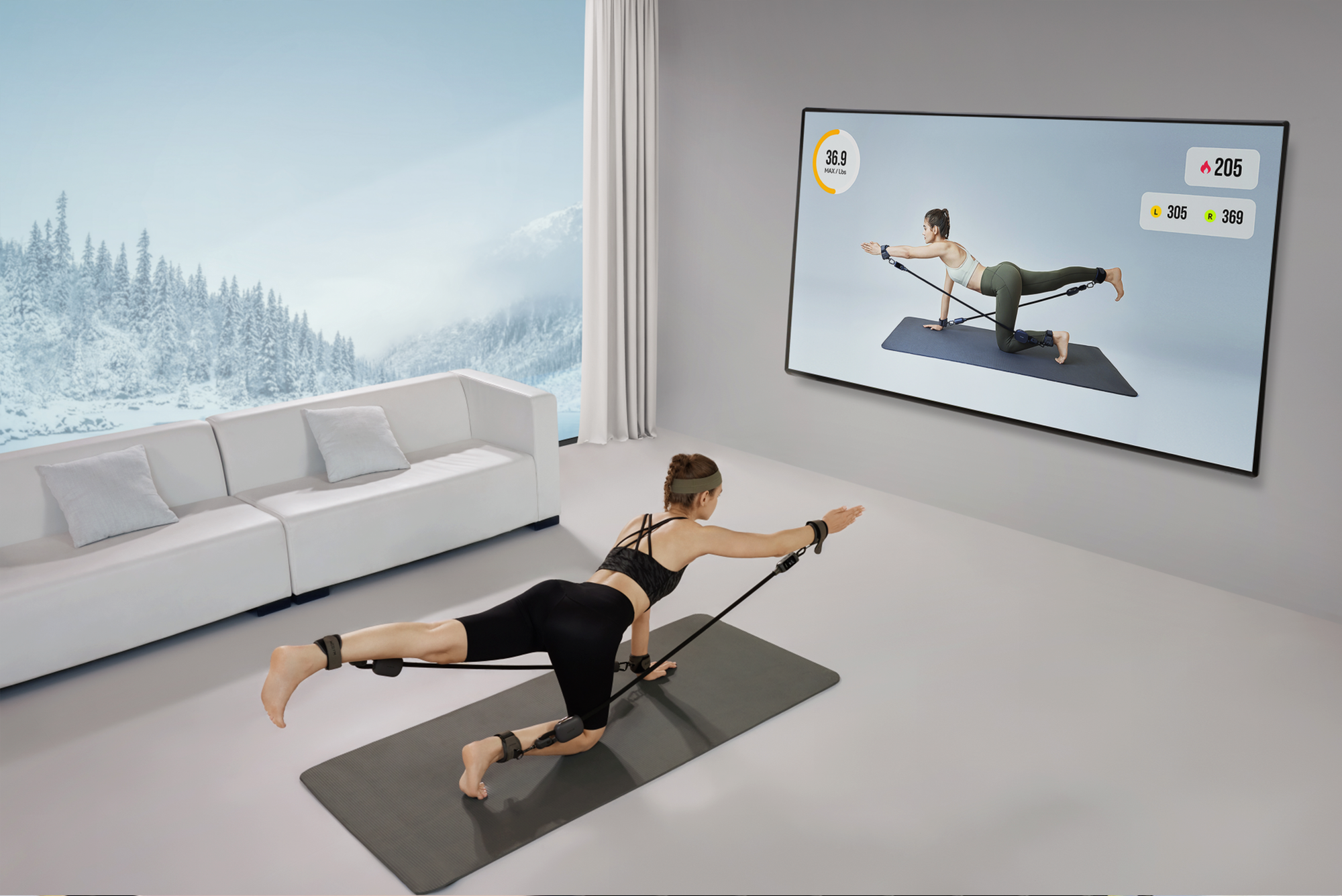Choosing a suitable yoga mat is essential for a comfortable and safe practice. The appropriate mat properties vary depending on different body types and yoga practice styles. The following analysis outlines the properties required for various body types and practice styles.
Based on Body Types
Body types fall into three categories: height, weight, flexibility, and bone structure. Mesomorphs have long and thin limbs, fast metabolism, and a low body fat percentage. Mesomorphs are athletic, with broad shoulders and defined muscles. Mesomorphs have rounded bodies, large frames, and a high-fat rate. Different body types will require other mat properties. For example, larger individuals need thicker mats with high density for better support and cushioning for their joints and pressure points. Smaller individuals with more advanced, flexible practice require thinner mats with lower density for better stability and grounding to promote a better natural connection with the floor.
Various Yoga Practice Styles
Various yoga practice styles include Power yoga and Progressive yoga. Power yoga requires a good grip and traction mats to prevent slipping due to sweating and more intense movements. These mats are often made of natural rubber or polyurethane, providing excellent grip and durability. A good Power yoga mat should be slip-resistant and withstand high-intensity movements. Progressive yoga requires more cushioning and support. The mats should have a thickness of about 4-6 mm and a density rating of 5+ lbs per cubic foot. They should also be made of materials such as TPE, which provide cushioning and support required.
Various mats cater to different body types and practice styles. Natural rubber mats are environmentally friendly and have excellent grip qualities. Additionally, they are biodegradable and free from any toxic materials, unlike PVC mats. PVC mats are affordable and easy to maintain. They are ideal for individuals who take economic precautions. TPE mats provide the right balance of cushioning and support, making them suitable for Progressive yoga individuals.
Based on Thickness, Density, Grip, and Material
Choosing the right mat thickness is crucial for proper and comfortable practice. An individual's priorities and preferences also influence the mat selected. Factors to consider when selecting a mat include cost, durability, density, material, and environmental consciousness.
Conclusion
In conclusion, choosing natural rubber and TPE mats would be ideal for individuals who prioritize environmental and health factors.PVC mats are perfect for those on a tight budget, while rubber mats are suitable for heavy sweaters requiring better grip qualities. Thinner rugs suit smaller individuals, while thicker mats are more appropriate for larger individuals. Therefore, considering one's body type is essential when selecting the appropriate mat.
The following buying guidelines will help when selecting a mat that suits specific needs:
- Determine the body type before choosing the mat thickness.
- Choose natural rubber or TPE mats for environmental and health consciousness.
- Consider cost and durability when selecting PVC mats.
- Identify the Yoga practice style before selecting the mat material.
- Select thicker mats for larger individuals and thinner for smaller individuals.
FAQs
1. What material is recommended for people with allergies, and how do I clean it?
For people with an allergy constitution, recommend using a yoga mat made of TPE (thermoplastic Easter) or natural materials such as cotton and jute. TPE yoga mats are environmental friendlies, lightweight, non-toxic, and soft, while cotton and jute yoga mats are sweat-absorbent, antibacterial, and eco-friendly.
Avoid choosing yoga mats with rubber and latex ingredients, as these materials may cause allergic reactions. Methods for cleaning yoga mats are as below Gentle: Gentle wipe: Use a damp cloth to gently wipe the surface of the yoga mat, and avoid using too much moisture. You can add mild soap or detergent to remove stains and bacteria.
Washing machine clean (only for cotton and jute yoga mats): place yoga mat in laundry bag, then choose gentle or cold-water washing mode. Do not put TPE or rubber-type yoga mats in the washing machine. Soaking clean (suitable for TPE, cotton, and jute yoga mats): Fill a bathtub or big basin with warm water, and put in a small amount of soap or detergent. Soak the yoga mat in water for 5-10 minutes, and use a soft brush or cloth to clean the rug's texture. After cleaning, rinse with clean water several times to ensure soap or detergent is thoroughly rinsed off.
2. How often should I replace my yoga mat?
The yoga mat replacement time depends on the user frequency, the quality of the yoga mat, and the wear of the usage process. Usually, if you practice yoga 2-3 times per week, replacing the yoga mat every 1-2 years is suggested. Of course, if the rug shows severe wear and stickiness, loses the anti-slip property, or decreases comfortability, it should be replaced promptly.






